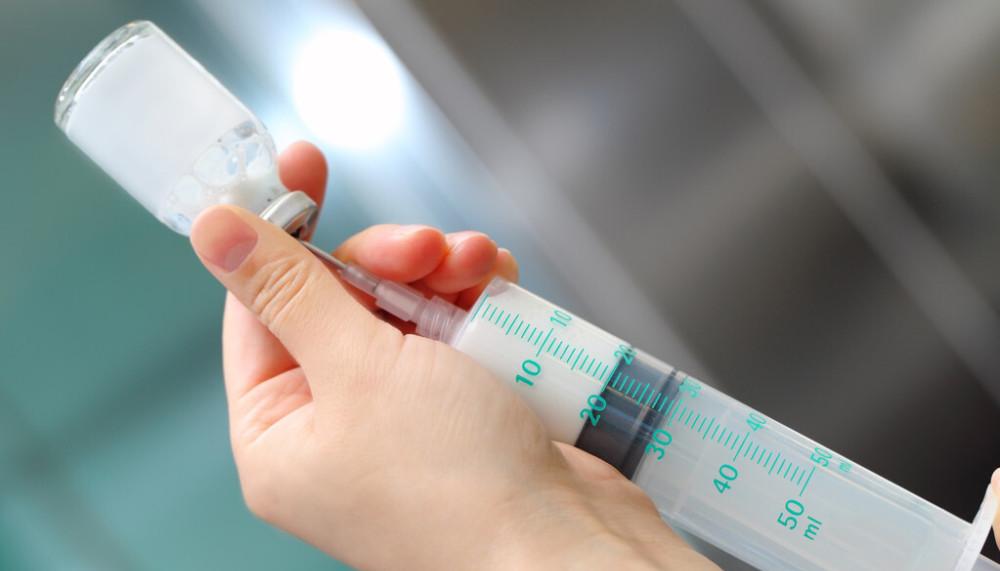A netizen consulted such a problem: because the pulmonary ground glass nodule was operated on, the nodule was 1.5cm, no lymph node metastasis was found, the pathology suggested that the acinar type was dominant, and the micropammillary type accounted for 10%. Doctors say that the staging is relatively early, and there is no need for chemotherapy or targeted therapy. However, I have heard that there are micro-papillary types that are not good and are prone to recurrence, what should I do in this situation?

As we all know, the lung cancer manifested by the ground glass nodules is generally lung adenocarcinoma, and the lung adenocarcinoma with nodules less than 3 cm has no lymph node metastasis and belongs to the early stage. However, the early stage is a more general name, including in situ adenocarcinoma, micro-invasive adenocarcinoma, stage IA and IB stage lung adenocarcinoma, and stage IA is divided into IA1, IA2, and IA3 according to the size of the lesion. According to the latest version of TNM staging, the staging of the above netizens is IA2, which is considered to be a relatively early lung cancer from the staging point of view.
Lung adenocarcinoma actually has many pathological subtypes, including adherent type, acinar type, papillary type, solid type, and micro-papillary type. Different pathological subtypes have different prognosis. In general, adherent adenocarcinomas have a low risk of recurrence, acinar and papillary adenocarcinomas are moderately risk of recurrence, and micropastillary and solid types are considered to have the highest risk of recurrence.
Among the various pathological subtypes of lung adenocarcinoma, micropix components are considered to be the largest indicator of poor prognosis. Studies have shown that adenocarcinoma dominated by micropastillas has a higher probability of recurrence within 5 years. Even a micro-nipple component of only 1% can affect the survival of patients. Micropammonal lung adenocarcinoma is often prone to extensive lymphangiocarcinoma suppositories at a very young age of the primary lesion, and is more likely to have early distant metastasis, such as invasion of the pleura and bone metastases.
Since the pathological subtype of micropachinate type means that it is easy to recur, some lung adenocarcinoma patients with micropachinal components in the early stage are very worried, staging is relatively early, but there are micro-papillary components, what to do? Do you want chemotherapy? Do you want targeted therapy? How can I prevent relapse?
Even in the latest version of the 2022 NCCN guidelines, postoperative adjuvant therapy is still not recommended for patients with non-small cell lung cancer staged in stage IA, including postoperative adjuvant chemotherapy and targeted therapy. That is to say, regardless of whether there is a micro-papillary component, patients with stage IA lung cancer can be reviewed regularly after surgery and do not need to do any treatment.
However, for patients with stage IB non-small cell lung cancer, the latest version of the NCCN guidelines recommends that for patients with positive EGFR mutations, postoperative adjuvant targeted therapy should be performed, and the preferred drug is oscitinib. Targeted drugs alone or targeted drugs can be maintained after four cycles of chemotherapy for 3 years.
Since stage IA patients do not need adjuvant therapy after surgery, how to prevent recurrence for patients with high risk factors, such as patients with micro-papillary or solid components and vascular carcinoma suppositories?
Important is postoperative rehabilitation, including a balanced diet, proper exercise, renouncing any bad habits, ensuring quality sleep, maintaining a good attitude, and improving immunity. In terms of drugs, it can be taken by mouth in a capsule, ubenmes or injected with ridaxian to improve immune function, or it can be conditioned by traditional Chinese medicine.
Overall, the vast majority of non-small cell lung cancers in stage IA can be cured by surgery, with a 5-year survival rate of 90%. Studies have shown that the mutation rate of EGFR in lung adenocarcinoma with micro-papillary components is relatively high, so genetic testing can be done after surgery for this type of lung cancer, and if there is an EGFR mutation, in the future, in case of recurrence of metastasis, targeted therapy can be carried out in time.